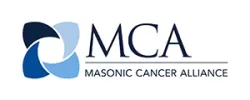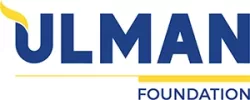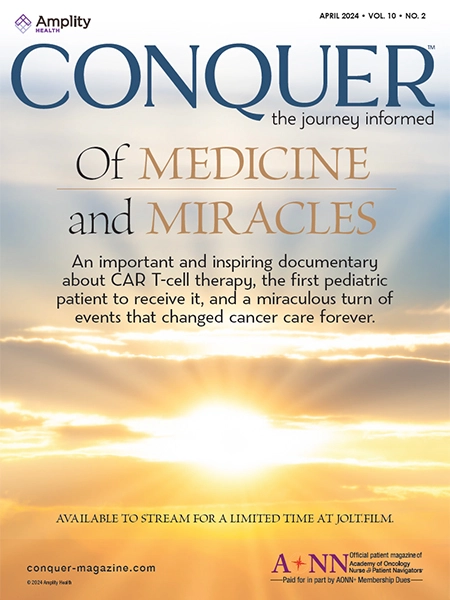Name: Laurel Anne
Position: Nurse Navigator
Subject: Metrics Tracking
Question:
In reviewing the AONN+ metrics source document, most of the tracking seems to be centered on metrics justifying the oncology navigation position compared with tracking metrics to report to the Commission on Cancer for accreditation. Since oncology navigation is required for our accreditation, I already have support for my position. I don’t understand the value of all that tracking, beyond tracking metrics to report to the cancer committee and to help with our community needs assessment. Could you clarify? We need software, but tracking return on investment is a lot of work, even with software.
Answer:
Most institutions are still struggling with validating the need for oncology navigation, so you are fortunate that your institution and its leadership “get it”! Obviously, if your leadership doesn’t feel the need to track these types of metrics, then you may want to focus on other measures. Most, however, need to demonstrate return on investment, clinical outcomes, and patient experience. That said, in the coming months, there will be changes made to quite a few of the Commission on Cancer standards, including the oncology navigation standard. So, stay tuned for new information coming out officially in July.
Name: Diane
Position: Nurse Navigator
Subject: Turnaround Times
Question:
Hi Lillie! We’re starting a nurse navigator program for thoracic surgery (lung and esophageal cancers), and I was wondering where to begin. A needs assessment? Your input would really help. Thank you for your time and for fielding questions!
Answer:
There isn’t a standard of care per se for this measure of efficiency. However, there is research that shows if some form of treatment―surgery or neoadjuvant chemotherapy―doesn’t get underway within 10 weeks of the date of the biopsy, the patient is at risk of the cancer having grown enough to be upstaged to the next higher clinical stage due to tumor growth. Most institutions, however, strive to get surgery done within 4 weeks. Things to consider that can impact timely surgery are as follows: (1) need for breast MRI; (2) need for presenting the case to the breast cancer tumor board; (3) other comorbidities, such as heart issues, that might require cardiology clearance; (4) seeing the medical oncologist to determine if neoadjuvant chemotherapy would be wiser versus surgery; (5) patient’s request to delay due to personal reasons (eg, son’s graduation in 3 weeks); (6) patient is having a mastectomy with reconstruction, and coordination with a plastic reconstruction surgeon may take more time to get them jointly on the operating room schedule.
In some cases, surgery can actually happen too fast, meaning that a patient is still in shock about her diagnosis. She is seen promptly the same week by a surgeon, he books her surgery for the next week. She has her mastectomy surgery. Postoperatively her head is spinning because she lacked the time to adjust to the diagnosis and get her mind around the mastectomy surgery, too.
Name: Andy
Position: Patient Navigator
Subject: Offers
Question:
Offer services or not offer available services before patients ask for help?
Answer:
ALWAYS offer all services that are available. The cancer patients won’t know the kind of services you have, patient navigation included, unless you tell them.













